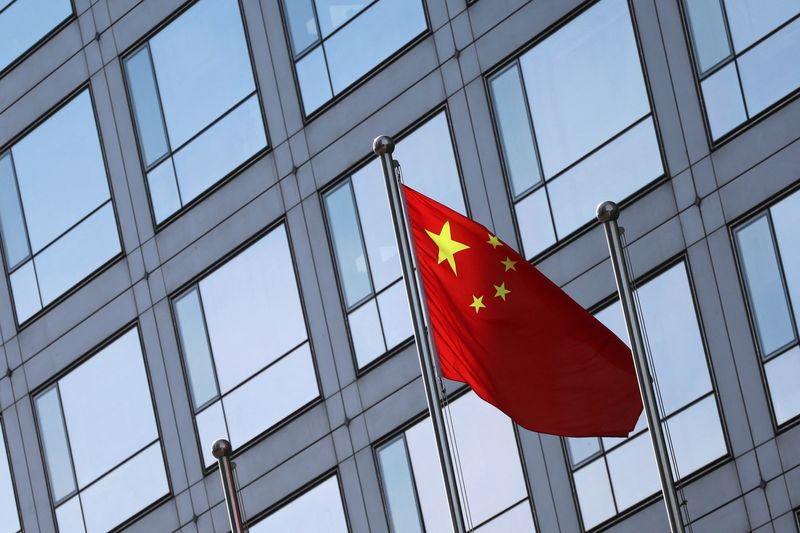By Gerry Doyle
SINGAPORE (Reuters) – China’s much-anticipated J-35A stealth aircraft, centrepiece of this week’s Zhuhai air show, has been more than a decade in the making, but experts say little is known about its capabilities.
The first public appearance of the land-based J-35A will take place on Tuesday, a day after the 75th anniversary of the founding of the People’s Liberation Army Air Force (PLAAF), and will include a flying display. Another variant, the J-35, is designed for use with China’s aircraft carriers.
Even as it takes to the skies more than 10 years after its progenitor, the J-31, made its first flight, few details are public about the J-35’s performance or stealthiness, military analysts say.
“Because of the black box typically surrounding PLA miltech developments, we won’t be too certain of the J-35’s performance,” said Collin Koh of the S. Rajaratnam School of International Studies in Singapore.
“PRC scientists … have carried out over the years various STEM and advanced studies related to fighter jet tech, including stealth, so I’ll suggest not joining sceptics to dismiss the aircraft outright,” Koh said.
The J-35 and J-35A are designed and built by the Shenyang Aircraft Corporation, a unit of the state-owned Aviation Industry Corporation of China. The state-controlled People’s Daily news outlet said ahead of the air show the J-35A “mainly carries out the task of seizing and maintaining air supremacy”.
Both J-35 variants are considerably smaller than China’s other stealth aircraft, the land-based J-20 fighter. An estimated 200 J-20s are operational with the PLAAF.
The J-35A is superficially similar to the Lockheed Martin (NYSE:) F-35, whose shape – from fuselage to control surfaces – is designed to minimise how large it appears on radar. It is not publicly known if the J-35 models have special radar-absorbent coatings, as the F-35 does, or communications and radar systems that are difficult to detect.
China has struggled with high-performance turbofan jet engine design, relying on Russian technology for early versions of its domestic fighters.
But the J-31 used Chinese-designed WS-13 engines and the J-35A could be fitted with the more advanced WS-19, analysts say, which is potentially up to 10% more powerful.
Engine technology is critical for advanced fighters, as efficiency entails more range, the ability to carry more gear and weapons, and higher speeds.
“Never too sure about much except the shape of the airframe from these air shows,” said Peter Layton, a defence and aviation expert at the Griffith Asia Institute. “The engines used are always a question.”
Foreign military attaches and security analysts are closely watching the evolution of J-35 variants, given their importance to Beijing’s aircraft carrier programme.

Although China’s three aircraft carriers remain in training and development mode and have yet to stage long-range operations beyond East Asia, a successful J-35 variant is expected to form a key part of the PLA Navy’s ability to project power beyond its home waters in coming years.
The six-day China International Aviation & Aerospace Exhibition takes place in Zhuhai from Nov. 12-17.
















